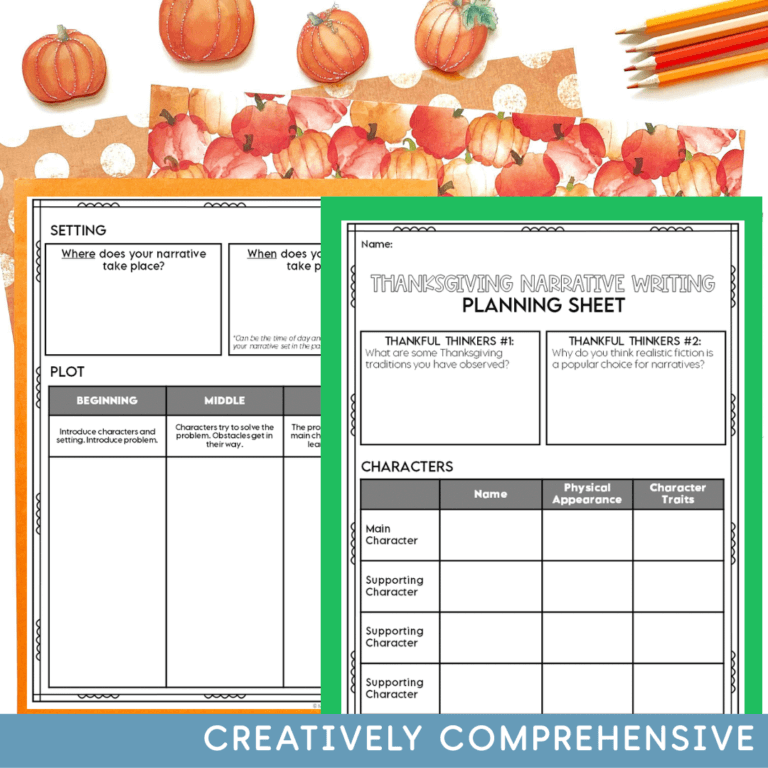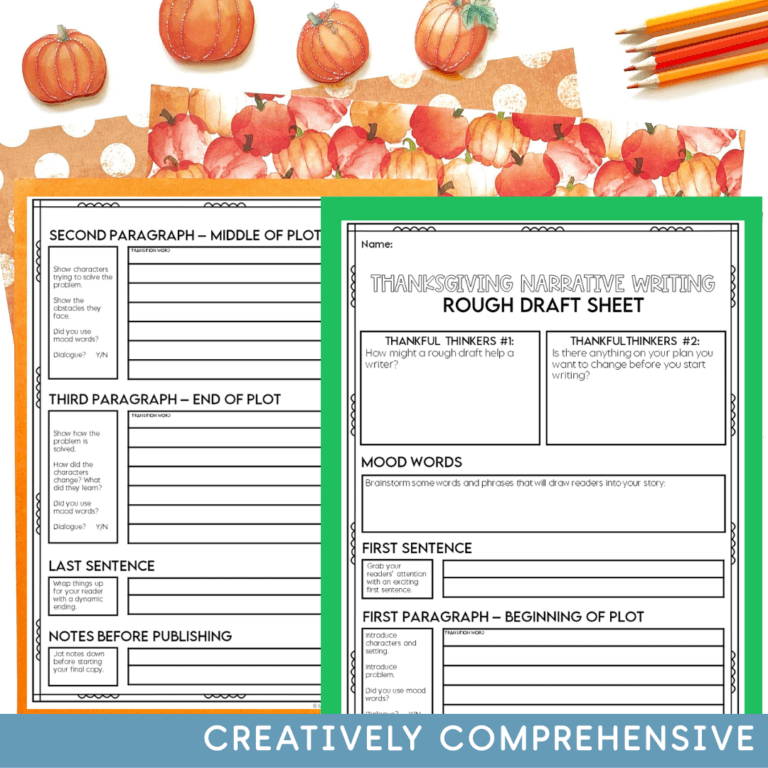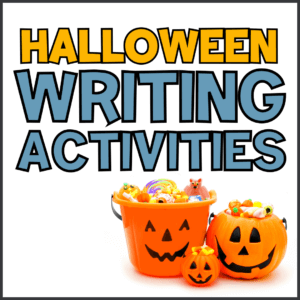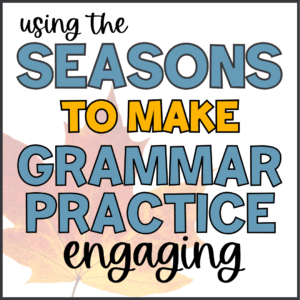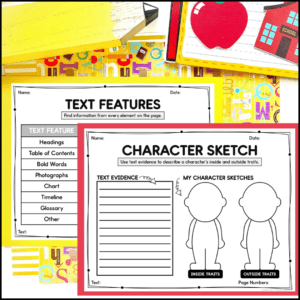Use Graphic Organizers to Plan and Draft Powerful Narratives
By Marianna Monheim updated October 25, 2023
Characters, plot, and setting…oh my!
Narrative writing does not come naturally to most of our upper elementary students. The act of writing can seem difficult and time-consuming, and many students become frustrated after writing a sentence or two! This is why emphasizing the writing process is essential. Once students begin to spend more time in the planning and drafting stage, the actual writing of a narrative will be a breeze.
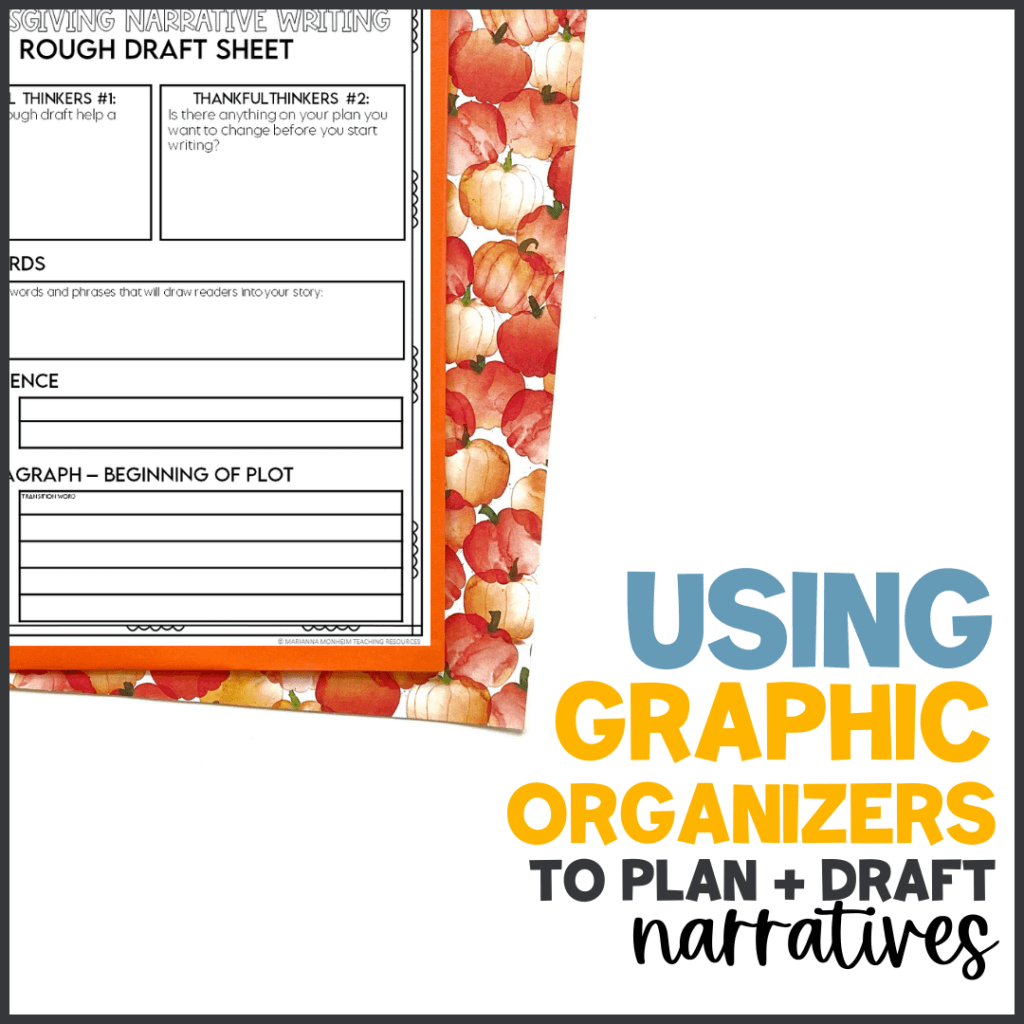
It’s no secret that I’m a big fan of graphic organizers for reading. Did you know they can be just as effective for helping students plan and draft while writing? Narrative writing graphic organizers not only help students keep track of important story elements, but also show when and where each element should be focused on!
The Crucial Role of Planning in Narrative Writing
Planning is the blueprint of narrative writing. It’s where students decide on their story’s setting, characters, and plot. However, without a structured approach, planning can become chaotic and counterproductive.
Unless students are avid readers, they will not have an intrinsic understanding of each story element’s role in a narrative. Therefore, when developing graphic organizers, it’s important to go beyond just a box for characters, one for setting, and one for plot. In stead, have students create detailed character descriptions that include both “inside” and “outside” traits. Then, have them use those descriptions to think about how their characters will react to the events at the beginning, middle, and end of the plot they’ve created.
Don’t forget the setting! The time and place a story is set in have huge implications for the plot. Help your students see that all these choices combine to create powerful storytelling.
The first time you introduce the idea of detailed planning, it may not go over so well! We know our students just want to do something once and be done with it. However, with repeated practice, they will begin to see the benefits of spending time on their narrative plan.
Narrative Rough Draft - Putting Things Together
Rough drafts can be frustrating for students- but they don’t have to be! Using a structured organizer to help students plan is one of the most beneficial things you can do to turn your students into writers.
You see, I used to help my students plan…then send them off to draft on their own. The problem? They aren’t sure how to translate the plan into paragraph form. Utilizing a graphic organizer at this point was a game changer. By breaking elements down paragraph by paragraph, students could see how a plot should develop, and how their characters should change from beginning to end. In addition, they focused on organizational elements such as transitions during the drafting process, instead of when revising and editing.
When we frontload students and make sure they have the necessary components to their draft, they don’t feel like they have to rewrite their entire essay when it’s time to revise. Then, it becomes easier for them to focus on other elements such as word choice and sentence structure.
Creativity + Structure = Success
Some may argue that graphic organizers will limit the creativity of students when writing a narrative. My response: understanding and applying the basics of story structure is important. I want my students’ amazing output to be understood by their readers. For most students, a great deal of scaffolding is needed to get to that place. Graphic organizers can help you to achieve that scaffolding.
Engage Students with Holiday Narrative Writing Fun
Holidays (like Thanksgiving) are a great time to indulge in some narrative writing fun. This step-by-step resource (including the graphic organizers seen above) has students use their memories of past Thanksgivings to create a realistic fiction narrative. The best part? Students get to color while revising and editing!
This resource and other holiday narrative activities can be found in my TPT store.

